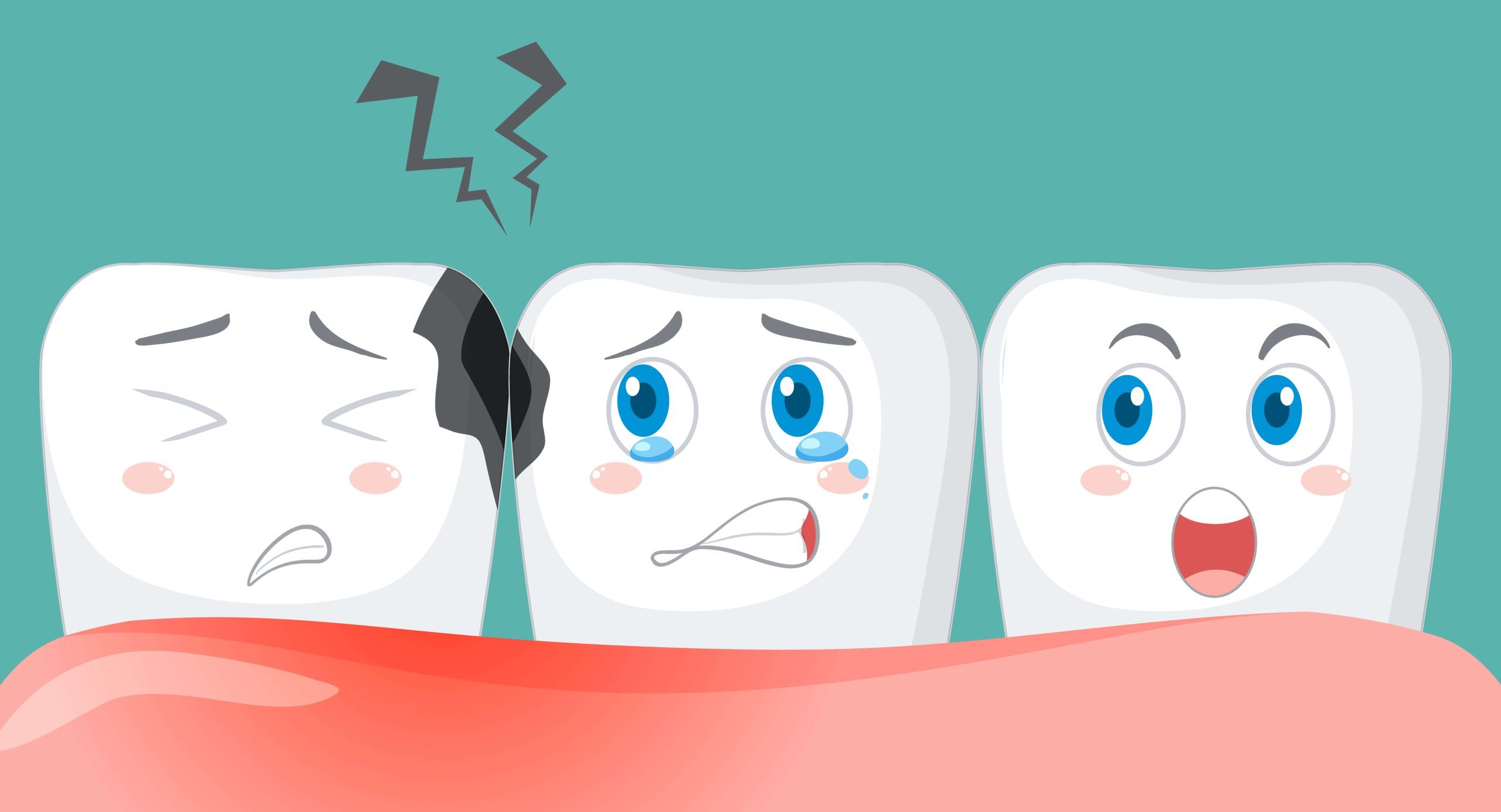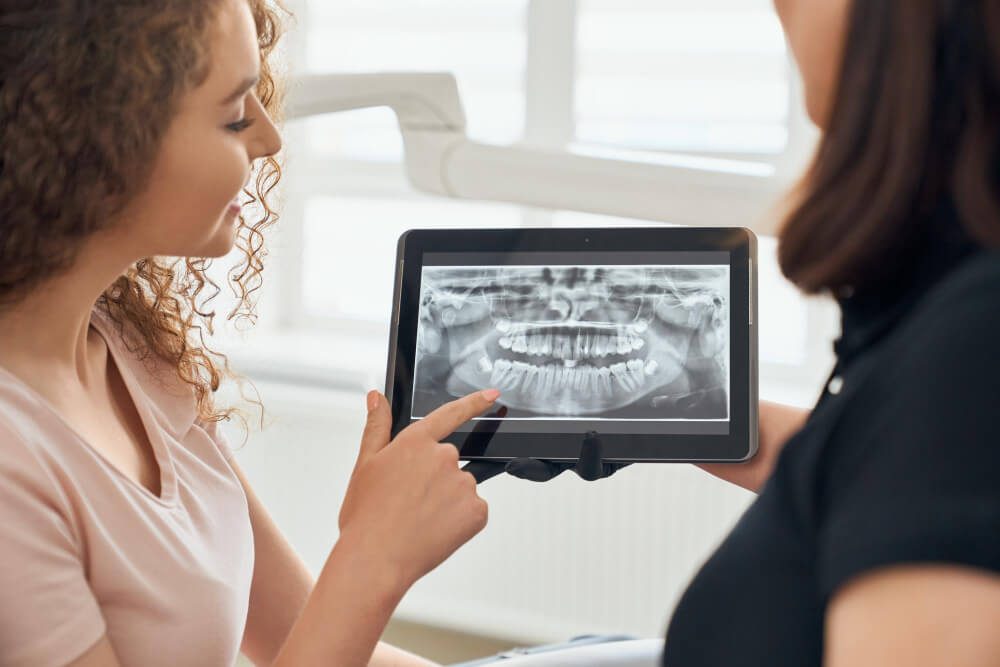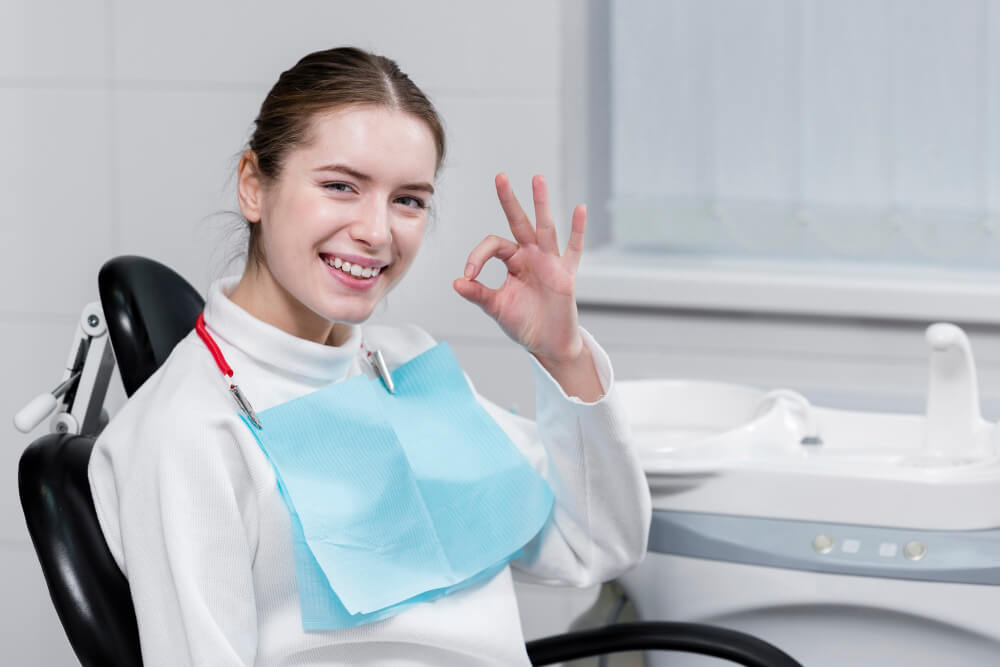Emergency Dentist: What to Do When You Have a Dental Emergency

When a dental emergency happens, it can be frightening and painful—but knowing how to respond immediately can save your tooth, your smile, and even your life. Whether you’re in Sydney or anywhere in the world, we hope this guide gives you empowering first-aid steps and outlines how your local dentist can help you manage your dental emergency.
1. What Is a Dental Emergency?
According to the Australian Dental Association (ADA) and the American Dental Association (ADA), a dental emergency can involve injuries or infections that are “potentially life‑threatening, cause severe pain, uncontrolled bleeding, or compromise the airway”.
Common types of dental emergencies include:
- Severe or persistent toothache and pain(possibly abscess, pulpitis)
- Knocked-out teeth (avulsion)
- Broken, chipped, cracked, or fractured teeth
- Loose or lost fillings/crowns
- Soft tissue trauma (lips, tongue, cheeks)
- Dental abscess or facial swelling
- Wisdom tooth pain
- Orthodontic emergencies, like broken wires
- Choking or foreign body ingestion in the mouth

2. First-Aid: What You Can Do at Home
Below are recommended home remedies derived from the ADA and other dental authorities.
🩹 A. Severe Toothache
- Rinse with warm saltwater.
- Use over the counter pain relief (ibuprofen/paracetamol).
- Floss to remove food debris.
- Ice the cheek for swelling.
- Urgency: If pain persists, swelling appears, or fever develops, book an emergency appointment with your local dentist
🧱 B. Knocked‑Out Tooth (Avulsion)
- Pick up the tooth by the crown only.
- Rinse gently under cold running water (no scrubbing).
- Adult Teeth – Reinsert the tooth back into the socket if possible; otherwise, store in milk, saline or saliva.
- Baby Teeth – DO NOT reinsert the baby tooth. Store in milk, saline or saliva.
- Time is critical: ideally see your local dentist within 15–60 minutes
🔨 C. Chipped, Cracked, or Broken Tooth
- Rinse mouth and gather fragments. Store tooth fragment in milk, saline or saliva.
- Cold compress if there is swelling.
- Cover sharp areas with wax or sugar-free gum.
- Urgency: Seek treatment same day, especially if there’s pain or pulp exposure
🦷 D. Lost Filling or Crown
- Rinse and keep the restoration.
- Try to keep the exposed area clean.
- If the exposed area is sensitive, consider covering it with sugar free chewing gum or using sensitive toothpastes like Sensodyne
- Urgency: Contact your local dentist to arrange a dental filling or recementing of the crown if possible
💧 E. Soft Tissue Bleeding (lips/cheeks/tongue)
- Clean with warm water; apply gauze with pressure until bleeding stops.
- Cold pack externally.
- Urgency: If bleeding is heavy or doesn’t stop in 15 minutes, seek urgent care
🚨 F. Dental Abscess / Facial Swelling
- Rinse; do NOT press on it.
- Pain relief and cold compresses.
- Urgency: See dentist same day—abscesses can spread and affect the airway or general health.
- If you have any breathing problems seek medical emergency at a hospital
🦷 G. Wisdom tooth pain
- If you have a wisdom tooth flare up, check if there is any food stuck around the gums surrounding the wisdom tooth or on the tooth itself
- Dip your toothbrush in mouthrinse or salt water and gently massage and brushing around the tooth and gumline to sweep out any debris
- Afterwards try swishing/gargling some mouthrinse or salt water
- Follow up with contacting your local dentist to get them to assess what might be causing your wisdom tooth pain – it could be a gum flare up, it may be a cavity or even infection if it is serious
🧷 H. Orthodontic Emergency
- Cover protruding wires with wax.
- If it is not hurting, you may not need to see your dentist or orthodontist straight away – give them a call to have it checked
- If you are in pain or discomfort, contact your dentist or orthodontist to get it fixed as soon as possible
🚨 I. Foreign Body
- If an object is stuck in your throat, sit upright, encourage coughing, and seek care.
- For choking or breathing difficulty, call 000 immediately

3. What the Dentist Can Do to Help
🔹 Severe Toothache / Abscess
- Examine area of pain
- Take an x-ray to determine cause of toothache/abscess
- Drain abscess and prescribe antibiotics.
- Perform root canal or extraction to resolve infection and pain.
🔹 Knocked-Out Teeth
- Examine area of tooth
- Take an x-ray to determine severity of damage to tooth/jaw bone
- Gently replant and splint the tooth with filling material or orthodontic wires for 2–4 weeks to stabilise
- Apply antibiotics and monitor for root survival.
- Root canal may be needed if nerve of tooth is too damaged
🔹 Cracked/Broken Tooth
- Examine area of broken/cracked tooth
- Take an x-ray to determine severity of damage to tooth, especially proximity to nerve of tooth
- Smooth sharp edges of tooth and bond chipped portions with composite.
- Fit crowns or veneers for larger damage.
- Perform root canal if pulp nerve is exposed.
🔹 Lost Filling/Crown
- Examine area of lost filling and crown to determine cause of lost filling and crown
- Take an x-ray to determine severity and depth of cavity
- Determine viability to replace tooth or possibility to re-cement crown
- Re-cement existing crown or replace with new material.
- Provide temporary or permanent restoration.
🔹 Soft Tissue Injury
- Oral Examination to assess severity of damage and trauma to gums, cheeks, lips, tongue
- Clean the wound, and provide stitches if necessary.
- Provide antibiotics when required.
- Possible referral to medical doctors depending on type of injury sustained
🔹 Dental Abscess / Facial Swelling
- Oral Examination to assess the cause of the dental abscess and swelling
- Intraoral x-ray will be taken to help determine the cause of problem and assess the tooth or teeth involved
- Potentially provide a deep clean with local anaesthetics if it’s a gum infection, perform emergency root canal treatment if it is nerve infection problem, extract a tooth if the tooth is unrestorable or if the patient doesn’t want to save the tooth
- Provide antibiotics when required.
- Possible referral to dental specialist if the case is more complex
🔹 Wisdom Tooth Pain
- Oral Examination to assess the cause of the pain
- Intraoral x-ray will be taken to help determine severity of the problem and assess the tooth involved
- Potentially provide a clean with local anaesthetics around the wisdom tooth if it’s a gum flare up, perform a dental filling procedure if the tooth just has a cavity or potentially extract the tooth is the tooth is problematic
- Provide antibiotics/painkillers when required.
- Possible referral to a specialist if the case is more complex
🔹 Orthodontic Emergency
- If there is no pain or discomfort, the treating dentist or orthodontist may tell you see them at your next regular appointment
- They may rebond a bracket, adjust braces, wires, elastics
- If wearing an orthodontic appliance, they may adjust your appliance
🔹 Foreign Body Issues
- Assess foreign body location
- Remove safely under professional supervision.
- Referral to medical emergency depending on problem

4. Preventing Future Dental Emergencies
Here’s how you can avoid emergencies:
- Regular dental checkups every 6 months for early detection and maintenance. Prevention is key
- Sport-safe mouthguards and helmets to prevent trauma in contact sports and activities
- Avoid chewing ice and hard foods.
- Brush twice daily with fluoride toothpaste, and floss daily
- Avoid having large amounts of sugar intake in your diet
- Have a dental first-aid kit ready, including gauze, floss, painkillers, and storage containers.
5. When to Go to Hospital vs. Dental Clinic
Refer to 000 / Emergency Department if you experience:
- Facial fractures or jaw dislocations
- Serious head trauma
- Airway compromise
- Uncontrolled, heavy bleeding
- Severe and deep cuts and lacerations
- High fever or swelling that threatens the airway
Other situations can and should be treated at your local dentist as soon as possible – don’t delay and let the problem get worse
6 Your Emergency Action Checklist
- Identify your emergency (pain, trauma, swelling – Upper Teeth or Lower Teeth? Left side or Right Side? Front Teeth or Back Teeth).
- Call your local dentist immediately. Call 000 if its a medical emergency
- Apply home first-aid (see section 2).
- Transport items properly (e.g., avulsed tooth in milk).
- Visit your local dentist or hospital as advised.
- Follow-up with treatments and reviews (splint removal, root canal).
- Prevent future issues through regular dental care and protection (mouthguards) if appropriate.
Final Word: Your Smile, Our Priority
Dental emergencies are unpredictable and scary, but your ability to act quickly—coupled with professional care—makes all the difference. At My Local Dentists, our mission is to offer fast, reliable, and skilled emergency dentist Sydney services so you never feel alone when crises happen.
🕘 Need emergency care now? Contact “My Local Dentists” immediately—we’re ready to assist you day or night. Our clinics are located across Sydney to help you handle your emergency dental problem and put a smile back on your face!
References
- ADA Policy on Medical Emergencies in Dental Practice (Australian Dental Association)
- ADA Resources: Preparing for Medical Emergencies (ada.org)
